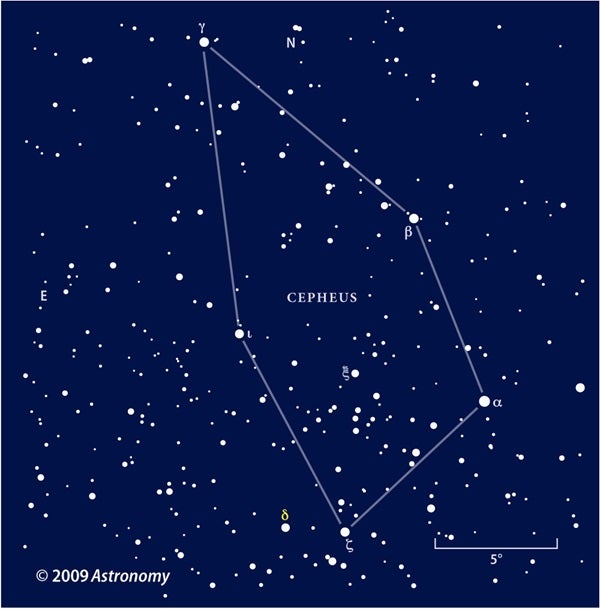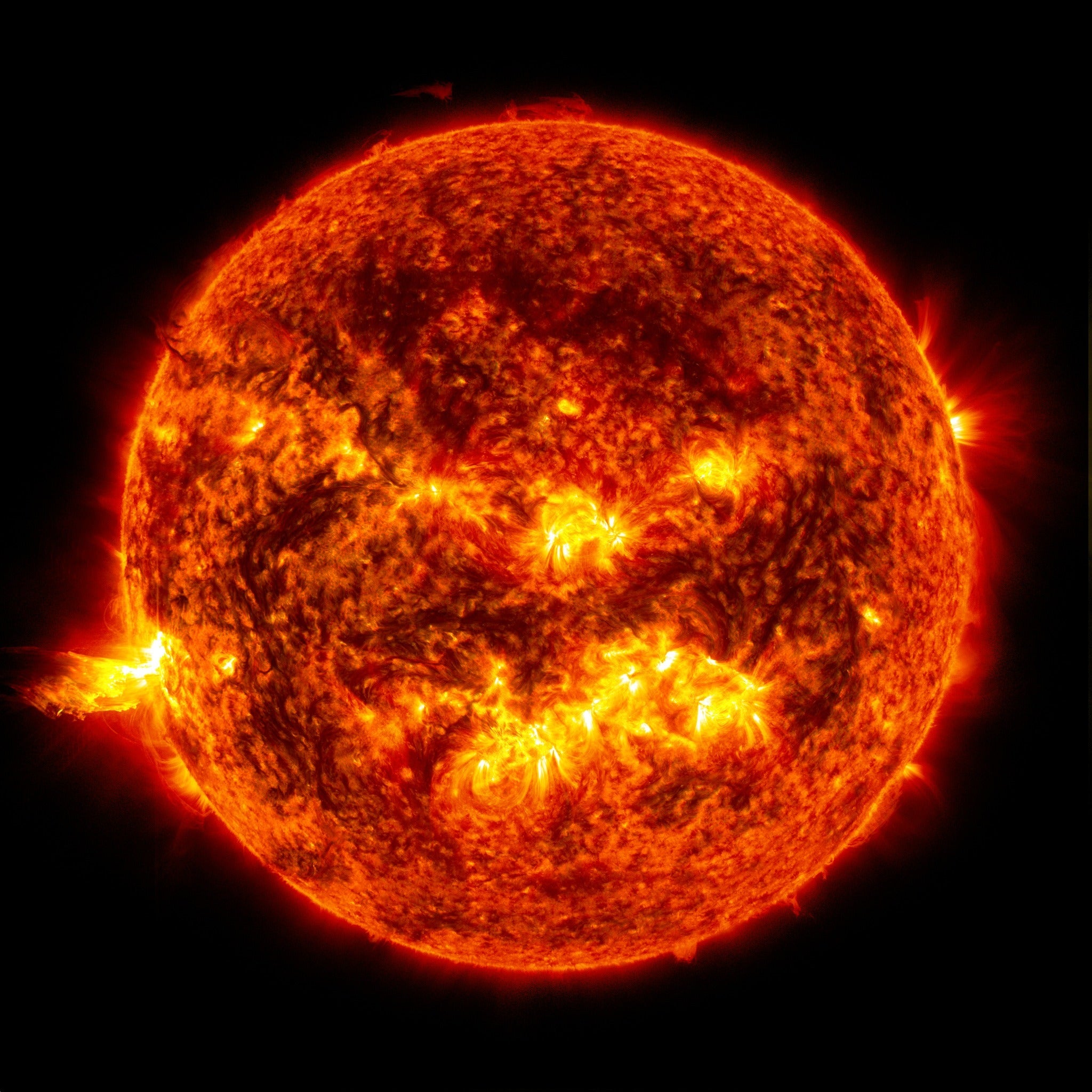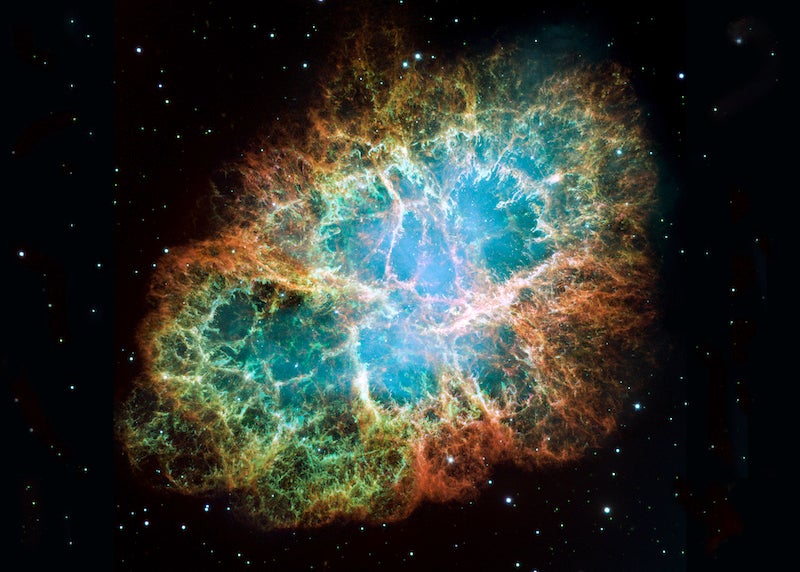In 1784, astronomer John Goodricke noticed that Delta Cephei varied from magnitude 3.6 to 4.3 and back again in a period of 5.366 days. Over the years, observers came across a host of other stars showing similar patterns of variation, although the periods ranged from a couple of days up to about 50 days. They became known as Cepheid variables, named after the prototype found in the constellation Cepheus.
The breakthrough came in 1912 when astronomer Henrietta Leavitt discovered 25 Cepheids in the Small Magellanic Cloud, a satellite galaxy of the Milky Way. She found that the brighter a Cepheid appeared, the longer it took to go from maximum light to minimum light and back. Once astronomers calibrated this so-called period-luminosity relation through observations of a few nearby Cepheids, they could calculate the distance to any Cepheid. They simply had to measure the star’s period and compare the observed brightness with the absolute brightness derived from the relation. Because all Cepheids are luminous supergiant stars, we can see them across vast distances, even tens of millions of light-years away in other galaxies.
Autumn evenings provide a good opportunity to follow Delta Cephei’s changing brightness. First locate Cepheus, which passes nearly overhead on fall evenings. Delta lies just off the southeastern corner of this house-shaped constellation. Watch the star every clear night during the course of a week or two, and compare its brightness with those of the surrounding stars. With practice, you’ll notice its brightness changing with a predictable pattern, the pulsating heart of the universe’s most important yardstick.










